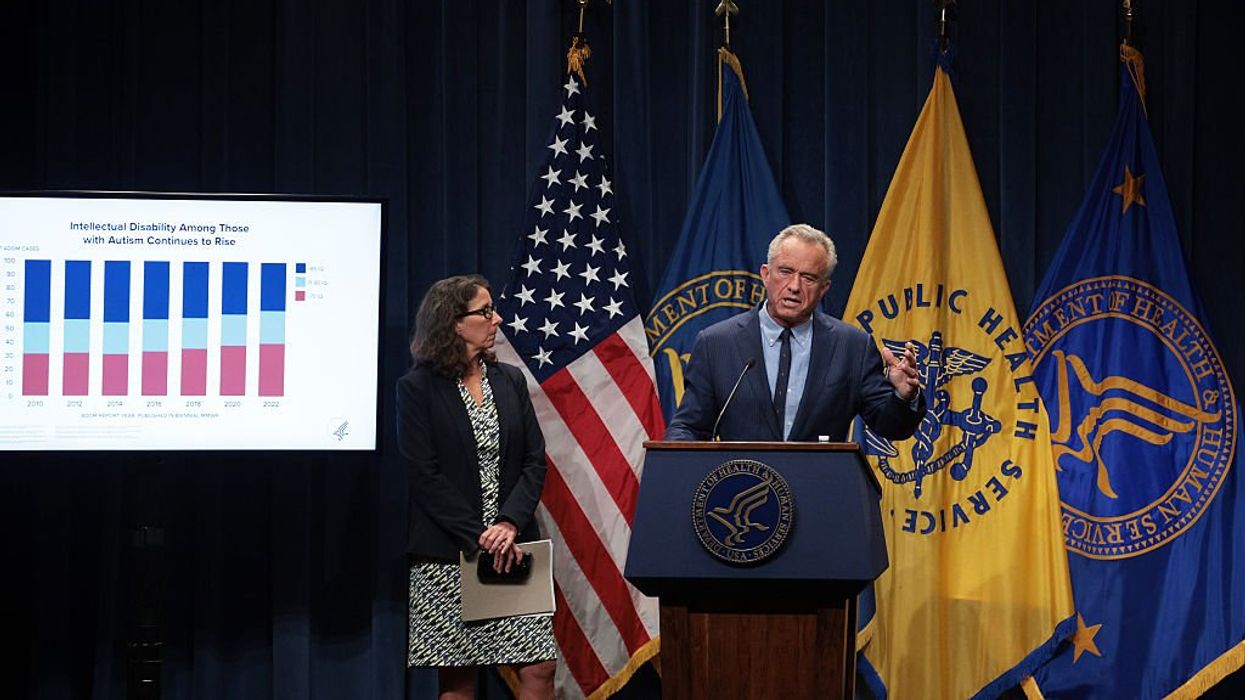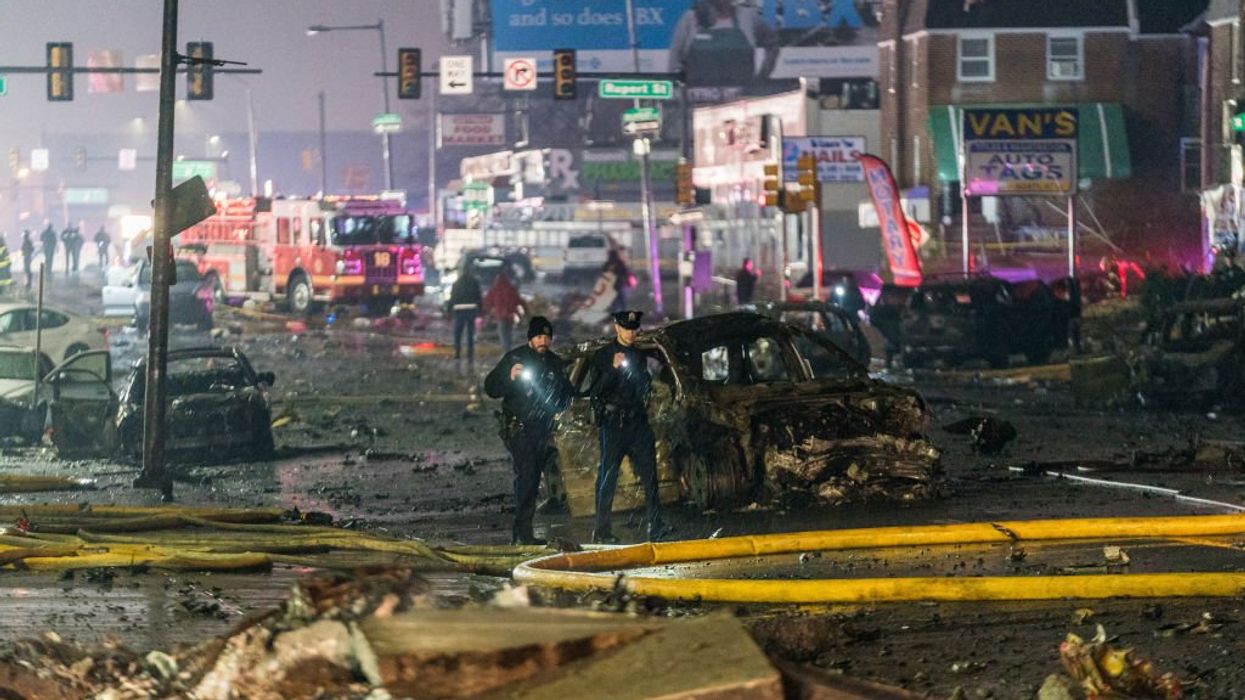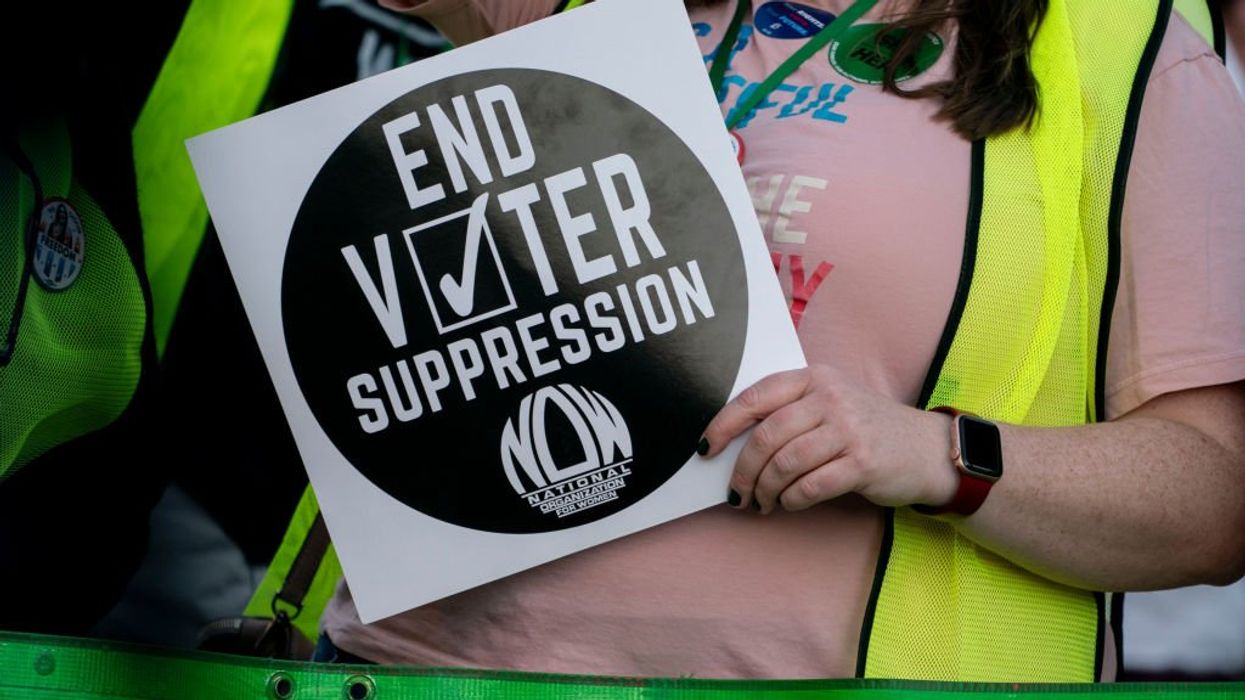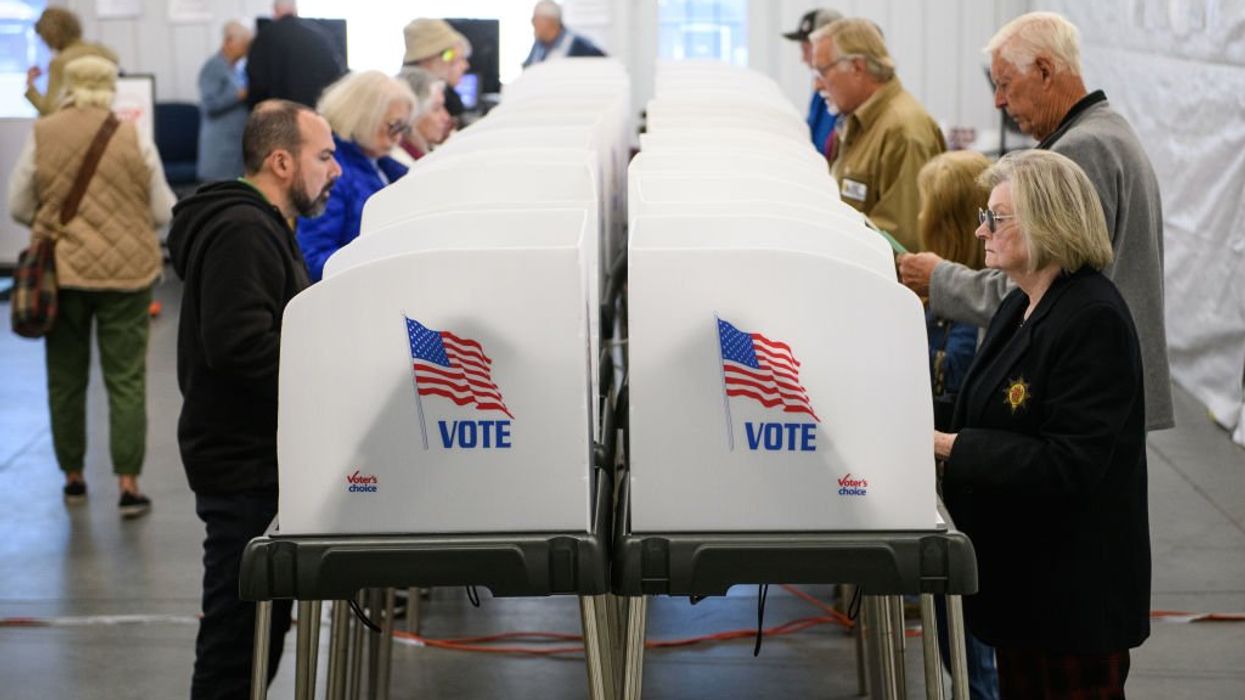PAT: I mean, say what you will about Donald J. Trump, and we have. We've said plenty about him, both good and bad actually, but there's not going to be one dull moment over the next four years
STU: That's so true.
PAT: This guy tweeting random stuff at 3 o'clock in the morning every day, there's not going to be -- there's not going to be a lack of things to talk about.
STU: What was the tweet this morning, Jeffy, about the CNN interview?
JEFFY: One hour ago, Chris Cuomo, in his interview with Senator Blumenthal never asked him about his long-term lie about his brave service in Vietnam. Fake news.
STU: Now, this sadly is douche-on-douche violence.
JEFFY: I know.
STU: Being both Chris Cuomo and Donald Trump.
JEFFY: It's tough to stand up for them.
STU: But here's the thing, I listened to the interview with Chris Cuomo and Senator Blumenthal. It was legitimately the first question he asked him was about his military service.
PAT: Seriously.
JEFFY: Wow.
PAT: Not only he asked him, it was the first question he asked.
STU: Now, maybe Trump tuned in, in the middle and missed it or whatever.
PAT: Still come on, you don't check a single fact before you start tweeting?
STU: Look, I --
PAT: Oh, jeez.
STU: I don't know what to say about it. It's obviously completely unimportant as far as the future of the country. I don't know why Trump does this. I mean, Trump wins with his entire audience, right?
JEFFY: He sure does.
STU: If you didn't see the interview, you just believe, oh, man, Cuomo is avoiding that question.
PAT: Yes.
STU: Legitimately his first question was, a lot of people are saying that, you know, why should they trust you on this Gorsuch thing? You lied about your military service.
That was like -- and, of course, Blumenthal ducked the question, which, of course, he would do. And you might be able to fairly say, as even Chris Cuomo mentioned, you can fairly criticize him potentially for not following him on it or not going after him and chasing him down and trying -- but you can't say he didn't say it.
PAT: But you can't say he didn't ask.
STU: It was the first thing he said. So I don't know what the purpose of that is. I think maybe it's one of those things where you can make the media out to be sort of unbelievable and, you know, that they're making stuff up and they don't care about getting to the truth. Which is true so often, there is no need to make one up on Twitter.
PAT: That's right.
STU: You can find 30 examples a day where CNN does something distasteful to conservatives or it doesn't seem like they're actually looking for the truth on a particular story. But when you pick one where the guy legitimately -- I -- you know, defending Chris Cuomo is physically painful for me. It actually hurts. Ligaments are pulled and organs shut down.
PAT: This guy is a douche. There's no doubt about that.
STU: But why pick that one? I don't know.
PAT: I don't either.
STU: However, I think he does well with this stuff because strategically -- just talking specifically, I think it helps feed that narrative that the media doesn't do their job. And most people aren't going to check. Who is going to check that? Nobody.
PAT: Nobody. The other thing he was tweeting about was Nordstrom. Right?
STU: Yeah, that was a big thing.
PAT: He was upset with Nordstrom because apparently they dropped Ivanka's line from their stores. And I wonder, was it performing badly as Nordstrom had said or was it because of the immigration policy?
STU: Right.
JEFFY: It was because they treated her unfairly according to President Trump.
PAT: According to Trump.
STU: And whether you think that is unfair or not, that's another story. But I think it was legitimately connected to the immigration thing. They came out with a statement basically saying they disagreed with it. And then a couple days later, they just dropped the line. Come on.
PAT: That sounds a little more than coincidence, doesn't it?
JEFFY: Yes, it does.
STU: I doubt they were like, "Well, I just don't like the design on that shirt. I just don't like it. I'm not a paisley guy."
PAT: I liked it last week, but this week, I don't like it anymore.
STU: Wow. That is ugly. I don't like the color red anymore. I just don't like it. So I doubt that was it. It was one of those things that probably was tied. That's, of course, their right as a private company.
PAT: Yeah, it is. It is.
STU: I don't know if that's -- you can certainly be critical of the president for getting involved in that nonsense, from a perspective of, he's got more important things to do than his daughter's -- I mean, it's my daughter's birthday today. Happy birthday, Ainsley.
PAT: And it's your birthday today. Happy birthday, Stu.
STU: Thank you very much. But as much as you love your daughter, talking about her clothing line as president of the United States is probably not -- should not be --
PAT: Does Ainsley have -- your daughter, does she have a clothing line yet?
STU: She does. She does.
PAT: She does? Okay.
STU: It's only at Neiman though. So go to Neiman Marcus, you can pick that up. The Ainsley line.
PAT: Nice.
STU: Yeah, a lot of Elsa. Which we did not get the licensing rights for, so fingers crossed they don't hear this.
PAT: Yeah.
STU: But a lot of Else going on in that clothing line.
So I don't -- I don't like the idea that he's criticizing private companies. I didn't like it when Barack Obama would do it. I don't think that's the role for the president. It certainly brings up conflict of interest stuff, which is unnecessary for him to have to deal with in the middle of trying to have to deal with many things -- as we have said on the show -- many things that have been good so far. So why put yourself in that position? I just don't know -- I wonder if President Trump has decided I'm going to every day come out with something that's going to make the media go crazy and have them all distracted. And I will do the opposite.
That's sort of that idea of the master media manipulator that everybody has kind of thrown out there. And if it's true, it does seem to work.
Sometimes -- I don't like how it's done, but it does seem to be an effective tool.
PAT: And if it does work and it gets him through his presidency and helps make him successful, it will be interesting to see if that forever changes the way the office of the presidency is used.
JEFFY: The way it's done, yeah.
PAT: Because people will see that -- the next guy is going to see that -- or girl. The next guy or woman will see, "Well, what Trump worked, so I'm going to try it too." And maybe they'll just use the office that way.
He's setting a precedent here. And if it works, I think it will be used in the future.
STU: Yeah. I mean, I think so.
And you could adjust the way it's done and make -- it's certainly a tool that is useful.
PAT: Uh-huh.
STU: And you're even seeing -- I mean, Elizabeth Warren is doing the same thing. I'm going to resist -- you're going to resist the guy you've been working with for the past six years, really? Jeff Sessions is the thing you're going to resist? The guy you probably had lunch with 12 times over the past four years. That's going to be a big resistance movement? It's obviously nonsense.
But these people go to social media. They go in front of the cameras. They try to get these things going. And it probably does work. And I think because most people have lies. Right? They're not in the middle of this. No one is watching Chris Cuomo in the morning, checking whether he said these things. No one is thinking whether Jeff Sessions or Elizabeth Warren were having coffee last week and joking about how this was all going to happen. We were all going to have these little arguments, and at the end, it's all going to go through. You know, it's silly. But for whatever reason, the American people, especially those that aren't engaged in the process, they eat it up.

















